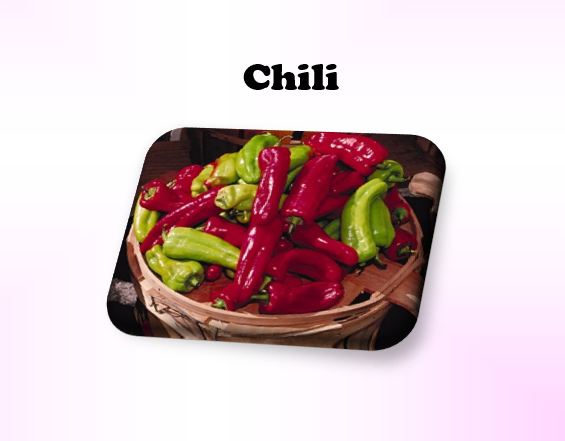Blog Details
Chili
May 15, 2023

The chili pepper (also chile, chile pepper, chili pepper, or chili), is the berry-fruit of plants from the genus Capsicum which are members of the nightshade family, Solanaceae. Chili peppers are widely used in many cuisines as a spice to add pungent 'heat' to dishes.
Chili peppers originated in Mexico. After the Columbian Exchange, many cultivars of chili pepper spread worldwide, used for food and traditional medicine.
Based on TCM, chili can be used to:
- dissipates cold
- warms the center burner
- dissolves food stagnation
- produces sweat
- dries dampness.
The preparation methods of chili are mainly as a seasoning; raw and fried, in soups.
Chili is rich in capsaicin and 2H-capsaicin, essential oils, vitamins C, A, and E, phosphorus, and calcium.
Some indications that can be reduced by chili are:
* Wind–cold disorders: Flu, common cold, with an aversion to cold; shivering.
* External wind–cold and wetness influences, as well as cold obstructions: Rheumatic disorders or arthrosis worsened by external wind–cold influences.
* Stagnation of cold wetness in center burner: Lack of appetite, fatigue, and exhaustion, the sensation of heaviness and muscle pain in extremities
* Cold in stomach and spleen: Decreased appetite, the sensation of cold in the stomach, diarrhea, nausea, and vomiting.


 English
English Indonesian
Indonesian